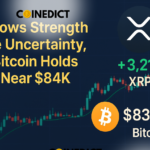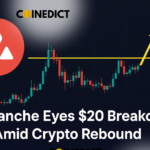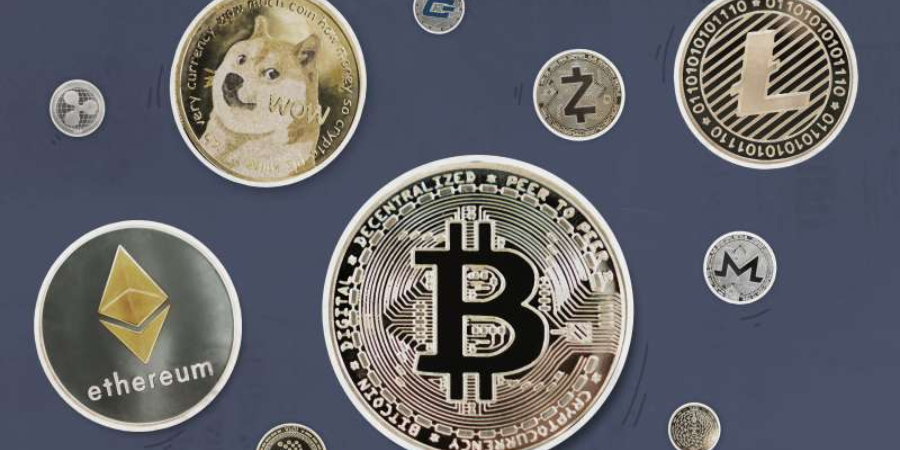
CryptoGames: Best Crypto Casino to Play Dice, Keno and Roulette!
CryptoGames is an exclusive online crypto casino that is rapidly becoming the number one choice for gamblers from around the world. It is widely famous for its secure and fast transactions, simplistic entertaining games, and impenetrable security. CryptoGames is owned by a Curacao based company known as MuchGaming B.V. which is licensed and under complete regulation of the Curacao government. The casino has taken massive strides to be where it is now ever since its inception and has created a wonderful community of gamblers that are loyal to the casino. So, join us in this CryptoGames casino review while we take a more in-depth look at all of their features and offers. Brief Glance at CryptoGames Platform: CryptoGames allows gamblers to place bets using 10 different cryptocurrencies making the transaction options more flexible. Alongside these, users can also choose to convert different altcoins to the supported cryptocurrencies due to the integration of ChangeNow, a third-party automatic exchange system. It has a library of 8 old school games that draws huge numbers of devoted gamblers to the casino. The games provided are provably fair and the winnings are never delayed. Their detailed tutorials of the games help the user to easily master the game as they play along. Users can choose to socialize with different people using the chatbox that is quite active. More Details About the Rising Crypto Casino: The casino has made several recent developments over the past years to bring more to the table for worldwide gamblers. CryptoGames now offers a list of 10 games with all useful features. Users will find complication-free transaction systems to make their deposits and exchanges for the games. They will also have the protection of an unbreakable security system and reliable gaming policies on the website. The casino does its best to gather potential gamblers to enjoy a crypto version of gambling without any tampering or space for cheating. Best House Edge and Easy to Play Games: CryptoGames offers reasonable and low-house edges for its players to provide more rewards for its game. Each game comes with its house edges that influence the final payouts. The low house edges help the players to earn significant amounts at the end of their games. Any player is free to take a good look at the house edges before they start playing any of the games. They can always pick the most reasonable one according to them, to begin with, their crypto funds. In the following list, all the house edges for the games have been given to you: Keno- 1.0% Dice- 1.0 % DiceV2- 1.0% Roulette- 2.7% Blackjack- 1.25% Minesweeper- 1.0% Video Poker- 2.09% Plinko- 1.72% Slot- 1.97% Lottery- 0.0% The average house edges listed here for Plinko and Video Poker are the house edges. The game of Plinko has 4 different house edges based on the various colored balls used. And the game of Video Poker has 3 other house edges based on the variants available. Dice: Dice is a crypto-oriented game which has a vast range of outcomes from 0.000-99.999. This fabulous game requires players to abide by a few rules. Players have to choose a sum toward the beginning of the game. Players need to foresee whether the Dice roll will create a higher or lower amount than their picked number. The player who precisely predicts the result of the roll will be announced as the game winner and will be able to earn a payout. CryptoGames also allows its players the option of playing this great game by utilizing keyboard shortcuts. The handy “Auto Bet” feature allows users to set up a strategy that the game to will automatically follow, thus conserving important time for the player. Right now, a amount of 6 BTC can be won by players through a solitary bet in Dice. Jackpots of Dice: The following list of conditions must be met to win a Jackpot of Dice! Result of the roll is either 7.777 or 77.777 Roll of the Dice is a winning roll Both bet and profit amount are minimum 0.0000015 BTC, 0.00045 ETH, 15 DOGE, 0.0015 MXR, 0.00015 BCH, 0.0045 ETC, 0.0015 LTC, 0.0225 GAS, 0.00075 DASH, 4,850 PlayMoney The two digits at the end of the Player’s Server seed and client seed encrypted and combined in SHA512 are 77 (77 is jackpot number) · Here’s how your Jackpot Numbers are calculated for Dice: The first two characters from the end of SHA512-hash are taken. (The SHA512-hash, players’ Server seed, and Client seed combined and encrypted in SHA512 are needed). Then, the last two characters of the player’s SHA512 hash are added and converted from Hexadecimal to Decimal. If the resulting number has three digits and is less than 200, then modulo 100 is used to get a number between 0-99. If the generated Decimal number is 200 or higher, the last step is repeated with the next two characters of the player’s SHA512-hash from right to left. The calculating process is continued until a number between 0-99 is generated. All jackpot winners take home 100% of the prize if their winning amount is above 0.004 BTC, 4 LTC, 2 DASH, 40000 DOGE, 1.2 ETH, 4 MXR, 0.4 BCH, 60 GAS, 12 ETC, or 24,250,000 PlayMoney. And if their winning amounts are lower than the stated, then they take home a proportional share of the Jackpot with a minimum of 1%. Slot: Slot is a game played on five turning wheels that turn prior to halting. Five symbols must be picked toward the start of each game and the player may claim a reward when the selected symbols are in the center of the Slot. CryptoGames offers gamblers a reduced degree of difficulty for this game and players use this awesome advantage to attain more Cryptocurrency and achieve huge victories. The utilization of single line horizontal matching additionally guarantees a productive payout for players. Players can gain a profit of 5 BTC through a solitary bet in this fun and energizing game. This fun and…















